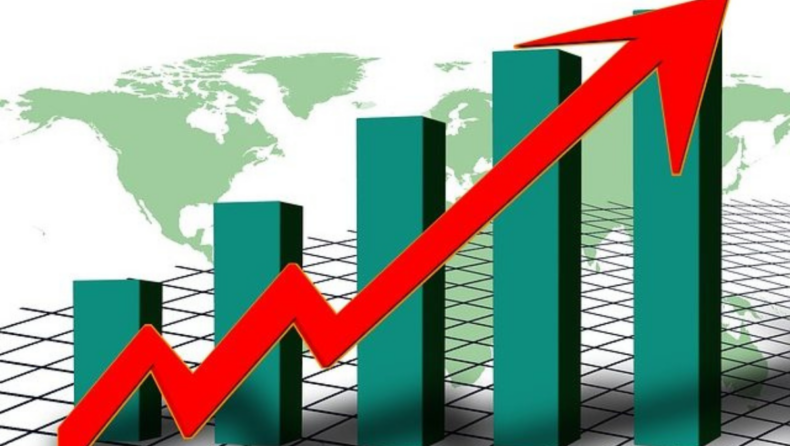“Since April 2021, the WPI inflation rate has maintained over 10% for fourteen consecutive months. Contrast this to last year, when WPI inflation was 13.11%, and you’ll notice a significant rise.”
In May, wholesale price-based inflation soared to a record 15.88% as petroleum prices jumped and a heatwave pushed up the cost of vegetables and fruits, increasing the likelihood of a second interest rate increase by the Reserve Bank.
The Wholesale Price Index (WPI)-based inflation continued its upward trend for the third consecutive month and stayed in double digits since April of last year for the fourteenth consecutive month. Inflation based on the Wholesale Price Index (WPI) was 15.08 percent in April and 13.11 percent in May of last year. The very last time WPI inflation was greater was in August 1991, when it reached 16.06 percent, according to the previous dataset.
After a four-month lull, food inflation reached double digits as the cost of vegetables, potatoes, wheat, and protein-rich foods increased. However, onion inflation decreased by (-) 20.40 percent. In May, the food inflation rate was 12.34 percent, compared to 8.35 percent in April. The last time it reached double digits was in January when it reached 10.40 percent.
Vegetables increased in price at a rate of 56.36 percent, potatoes at 24.83 percent, wheat at 10.55 percent, and egg, meat, and fish at a rate of 1 percent (7.78 percent). In the gasoline and electricity basket, inflation was 40.62 percent, but it was 10.11 percent for manufactured goods and 7.08 percent for oil seeds. In May, crude petroleum and natural gas inflation was 79.50 percent.
Inflation at the retail level decreased to 7.04 percent in May from 7.8 percent in April but remained over the Reserve Bank’s inflation goal for the fifth consecutive month. The RBI increased its benchmark interest rate by 40 basis points in May and 50 basis points in June to combat persistently rising inflation. Last week, the central bank also increased inflation projections for 2022-23 by 100 basis points to 6.7%.
Aditi Nayar, the chief economist at the ICRA, said that harsh weather conditions and increasing input costs, such as fodder prices, contributed to a rise in the headline inflation rate. In particular, vegetables, eggs, meat, and fish saw a sharp increase in prices. Inflation was also greater in the minerals, crude petroleum and natural gas, and gasoline and electricity markets, as a result of rising global commodity and crude oil prices, Nayar stated.
As long as inflation in industrial raw materials stays high, core inflation is likely to stay above 9% for the next few months, she said. She also said that the weakening rupee and rising crude oil prices would affect the WPI more quickly than the CPI.
In May 2022, the CPI inflation went down, but the WPI inflation went up. This may make people more cautious about the future of monetary policy. In response to a worsening inflation forecast, Fitch Ratings also predicted that the Reserve Bank will increase interest rates by 100 basis points to 5.9 percent by December 2022.
According to India Ratings and Research, there is no clarification about the Russia-Ukraine war, and crude oil prices have once again risen to USD 124.99 per barrel as of June 6, after averaging USD 113.11 per barrel in May and USD 104.89 per barrel in April.
Shortly, according to Ind-Ra, wholesale inflation will continue steady and in double digits, which is anticipated to exert pressure on retail inflation. It anticipates retail inflation to average 6.9% in the current fiscal year, necessitating further monetary tightening. “Ind-Ra anticipates a further 50-75 basis point increase in the repo rate over the remainder of FY23,” it stated.
DRE Reddy, CEO and Managing Partner of CRCL LLP, said that increased crude oil prices and input costs continue to weigh on producers, and that pass-through has resulted in greater retail inflation.












